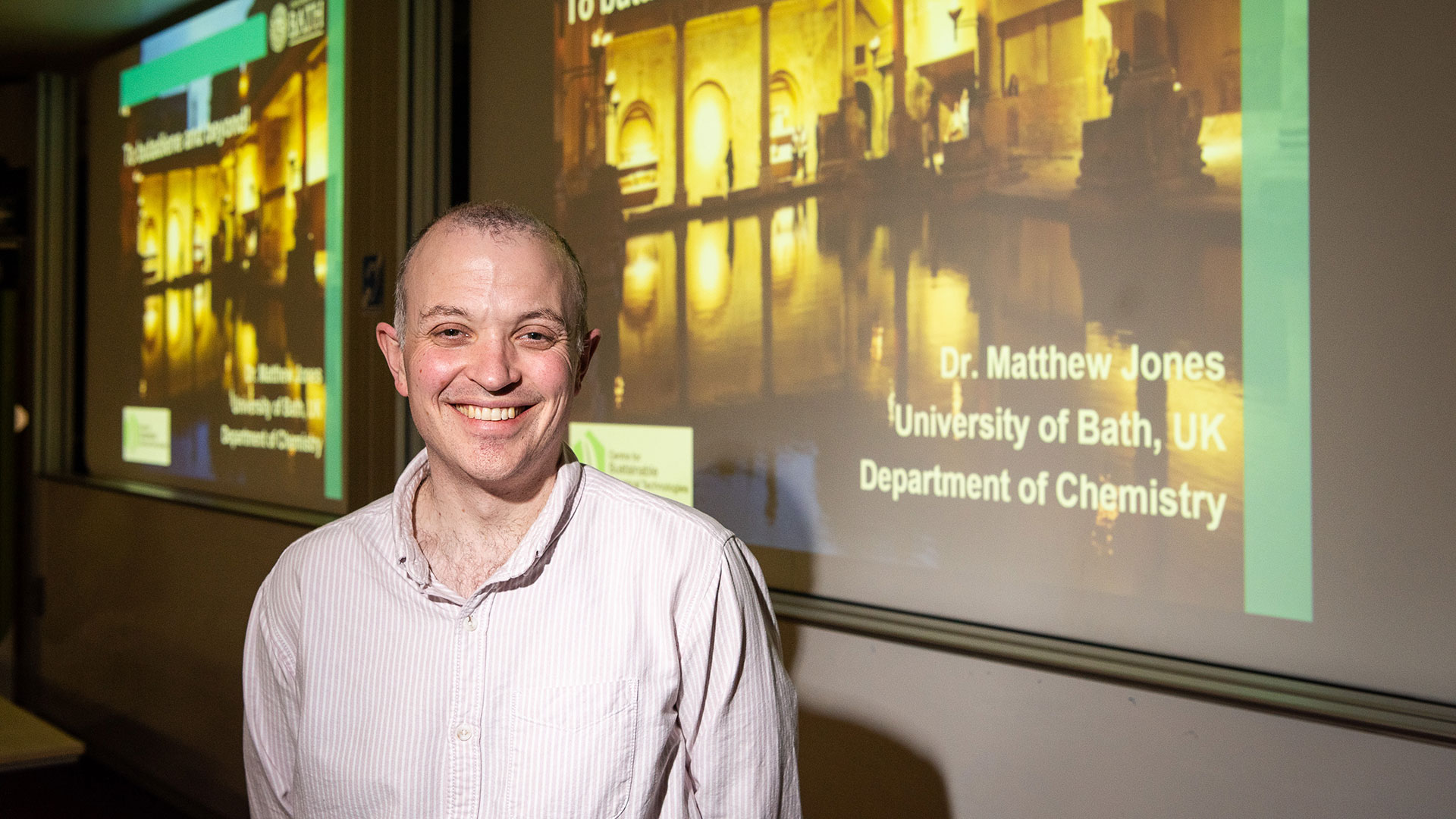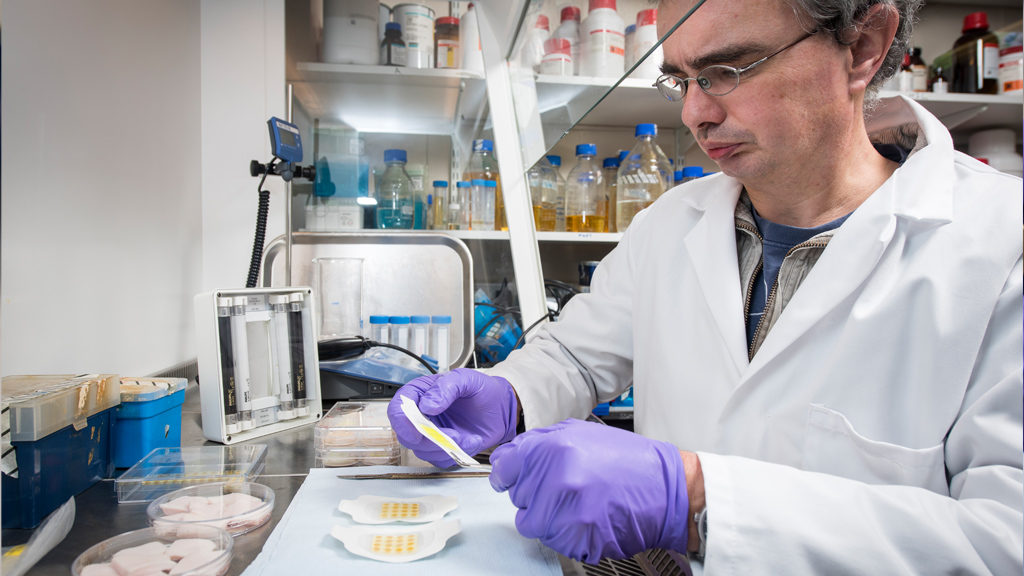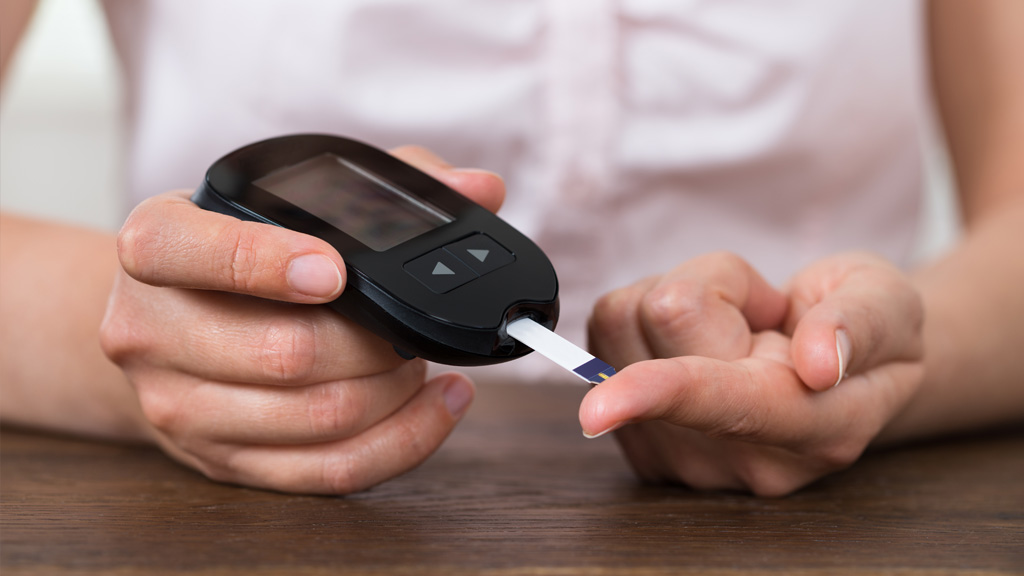Doesn’t rubber grow on trees?
‘People think car tyres are made from rubber, but actually, very few of them are natural any more,’ says Professor Matthew Jones. ‘Now they’re made of various different types of polymers, using a component called 1,3-butadiene, known as BD. It’s an organic compound; a gas that can easily be condensed into a liquid and used as a monomer to produce synthetic rubber.
‘You may think this is a new idea but, actually, synthetic rubber was manufactured in Russia in 1910, using what’s known as the Lebedev process. Sergei Lebedev found a one-step method of converting ethanol – as a renewable raw material – into BD, then polymerised it into a material like soft rubber and commercialised it. I explain this to my undergraduates: that what chemists did a century ago is still relevant and important to our work now.
‘The second world war was responsible for several new chemicals. This was because other countries realised they might be cut off from the British Empire’s rubber plantations, on which they’d been dependent, and started finding ways of making alternatives.’
It comes down to money and volumes
In the 1940s and 50s, crude oil – also a source of butadiene – was plentiful and cheap, while ethanol was expensive. Hence, the bio route went out of favour and the technology was mothballed.
Traditionally, butadiene is prepared from cracking of naphtha; the main product of this process is ethene and BD is a by-product. However, in recent years the price and supply of BD has fluctuated massively, and this method isn’t economically sustainable in the longer term. As a consequence, its production has been compromised.
Over the last decade, there’s been a surge in shale gas production, both in Europe and the US. This can contain ethane, which can easily be converted to ethene, and the process can compete with the traditional naphtha route. This has rejuvenated interest in creating alternative routes to BD (avoiding naptha) both in financial and yield terms.
Achieving security of supply and cost
‘So let’s go back to the tyre producers’, Matthew says. ‘They need BD and don’t want supply chain issues and, since costs currently fluctuate according to the market, they have to be careful about exactly when they buy. What they’d really like is a secure, reliable supply at a fixed price.’
Matthew’s career had looked likely to be in this sort of field from the start, but this particular research came about through a personal connection. As an undergraduate, in 1998-99, he spent a placement year working at BP in Sunbury-on-Thames and, after that, at a catalyst manufacturing company. ‘I kept in touch with people there and when I secured my first independent academic post, at the age of 28, I emailed one of them to ask for help with funding my project,’ he explains.‘"Of course,” they told me, “as long as it’s on creating BD!”’
‘Naturally I said yes but, to be honest, it proved a bit harder than I’d thought it would be. However, over three to four years we developed some interesting catalysts and published our work in an open access journal. And that was how a major European chemical raw materials company found me. They’d spotted the research I’d been doing in this area, and wanted me and the Bath team to develop a catalyst to alter the selectivity of our method in favour of creating more butadiene.’
Isn’t that what you were already doing?
‘Sort of! I’ll explain: in any conversion process like the ones we’d been carrying out, other compounds are created as side products. So what I was being asked to do was find a way of discovering exactly how these by-products were being formed. And to discover a catalyst that would last a long time.
‘A catalyst speeds up a reaction and then, at the end of its journey, can be isolated in its original state. But along the way, it makes molecules take various lower energy routes. And since a catalyst will naturally take the lowest energy pathway to its destination, our job at Bath was to make it forge a path that resulted in the creation of more butadiene than of any other compound.
‘The catalyst we ended up with was a powder, so the process is a heterogeneous catalyst, solid catalyst and gaseous reactants and products, and all at 300-400 degrees Celsius. Once we’d identified it, we developed an even better catalytic process to adjust it further in terms of selectivity, and ensure more of the ethanol was being converted into BD.’
In short, the industry worked with Matthew because they wanted to be self-sufficient in butadiene production, unconstrained by cost fluctuations and supply issues in the marketplace. They required the upgraded catalyst to supply the resulting synthesised rubber to their own customers: the tyre manufacturers.
Green chemistry
‘I’d call this green chemistry,’ he says. ‘The textbook definition of this is carrying out a chemical process that’s less impactful than the one it’s replacing; and we’re using a re-useable feedstock, because you can make ethanol from fermentation. In fact, in Brazil they offer ethanol as well as diesel in petrol stations, because they grow so much sugar cane there – the waste is fermented and used to fuel their cars, which makes sense. But we don’t have the volume of natural waste like that over here, and I wouldn’t want to interfere with the food chain in the course of my research!
‘Although my main contribution to the project ended in 2015, it’s still work in progress. My expertise is in creating small-scale reactions so, once I’ve cracked it, I hand my knowledge over to the company I’ve developed it for – along with the all-important patent they’ve asked for – and then they take over.
‘The Engineering and Physical Sciences Research Council (EPSRC) forms part of UK Research and Innovation(UKRI), and gave me money for a studentship to help with this work, but apart from that it’s just been funded by my chemicals client. That said, the University’s Research & Innovation Services RIS have been very helpful in setting up contracts between me and the various companies I’ve had to deal with.‘
From a minor to major scale
‘The next step is to take the scale up from the small amount we produce in the lab, and make kilos of the stuff,’ Matthew explains.
‘To make an analogy with growing and selling vegetables, the type of BD they intend to market is a top-of-the-range, organic, premium-grade product, at an appropriate price. In twenty years though, I expect this will be the norm and everyone will be using it.
‘Yes, there are a few competitors in the race – especially in the US and the Netherlands – but I was the first in the new millennium to publish on this. The project won’t generate lots of money or fame for me, but my catalyst will have a big impact on the rubber and synthetic rubber marketplaces, once it’s proven and in use.
‘The selectivity rate is currently about 80%, which is pretty high, but I’m confident that we’ll get it even higher. The fact is, we still don’t know exactly why certain catalysts work better than others. But as an academic I personally want to carry on, to find out why the addition of element X to our catalyst can make such a huge difference to an ingredient’s selectivity. I’m driven to find out!’



